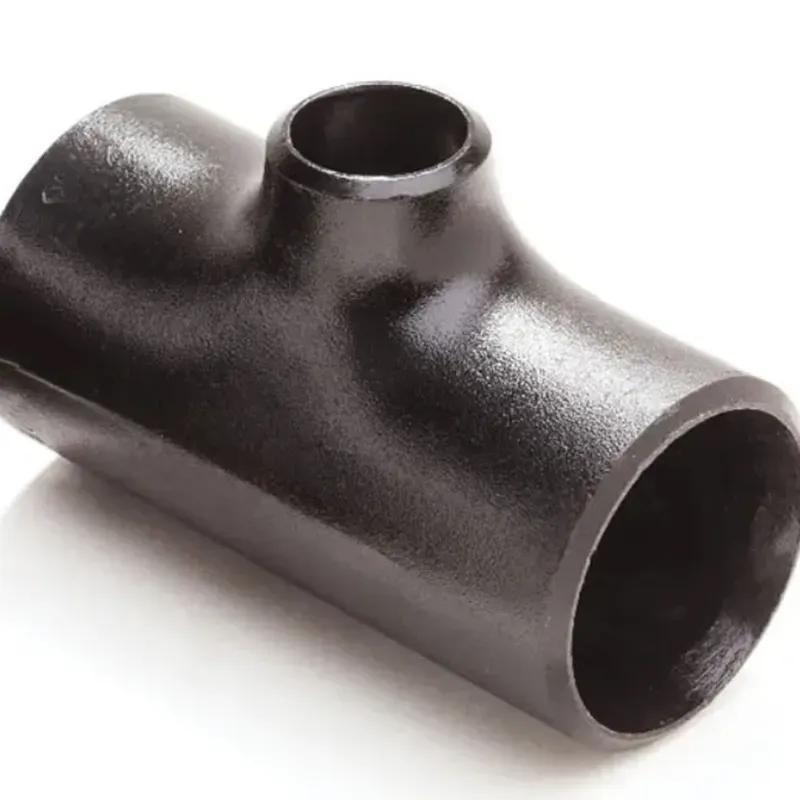-
Cangzhou Yulong Steel Co., Ltd.
-
Phone:
+86 13303177267 -
Email:
admin@ylsteelfittings.com
- English
- Arabic
- Italian
- Spanish
- Portuguese
- German
- kazakh
- Persian
- Greek
- French
- Russian
- Polish
- Thai
- Indonesian
- Vietnamese
- Zulu
- Korean
- Uzbek
- Hindi
- Serbian
- Malay
- Ukrainian
- Gujarati
- Haitian Creole
- hausa
- hawaiian
- Hebrew
- Miao
- Hungarian
- Icelandic
- igbo
- irish
- Japanese
- Javanese
- Kannada
- Khmer
- Rwandese
- Afrikaans
- Albanian
- Amharic
- Armenian
- Azerbaijani
- Basque
- Belarusian
- Bengali
- Bosnian
- Bulgarian
- Catalan
- Cebuano
- China
- China (Taiwan)
- Corsican
- Croatian
- Czech
- Danish
- Esperanto
- Estonian
- Finnish
- Frisian
- Galician
- Georgian
- Kurdish
- Kyrgyz
- Lao
- Latin
- Latvian
- Lithuanian
- Luxembourgish
- Macedonian
- Malgashi
- Malayalam
- Maltese
- Maori
- Marathi
- Mongolian
- Myanmar
- Nepali
- Norwegian
- Norwegian
- Occitan
- Pashto
- Dutch
- Punjabi
- Romanian
- Samoan
- Scottish Gaelic
- Sesotho
- Shona
- Sindhi
- Sinhala
- Slovak
- Slovenian
- Somali
- Sundanese
- Swahili
- Swedish
- Tagalog
- Tajik
- Tamil
- Tatar
- Telugu
- Turkish
- Turkmen
- Urdu
- Uighur
- Welsh
- Bantu
- Yiddish
- Yoruba

Dec . 12, 2024 04:05 Back to list
DIN 2527 PN16 Flange Size Specifications and Standards for Industrial Applications
Understanding DIN 2527 PN16 Flange Dimensions
Flanges are integral components in piping systems across various industries, serving as a means to connect pipes, valves, and other equipment. Among the numerous standards for flanges, the DIN 2527 PN16 flange is particularly noteworthy due to its widespread application in the engineering and construction sectors. This article provides an overview of the DIN 2527 PN16 flange dimensions and their significance.
What is DIN 2527?
DIN, which stands for Deutsches Institut für Normung or the German Institute for Standardization, establishes standards for various engineering components, including flanges. The DIN 2527 standard specifically governs the dimensions and specifications of flanges used in pipeline systems. The PN16 designation indicates a nominal pressure of 16 bars, ensuring suitability for moderate pressure applications.
Key Features of DIN 2527 PN16 Flanges
The DIN 2527 PN16 flange is designed for use in applications involving water, gas, and steam, among other fluids. These flanges are typically made from various materials, including carbon steel, stainless steel, and sometimes ductile iron, depending on the application requirements. Their robust construction ensures durability and reliability in maintaining pressure integrity.
Dimensions of DIN 2527 PN16 Flanges
The dimensions of DIN 2527 PN16 flanges can vary depending on the nominal size (DN - Diameter Nominal). Following are the key dimensions associated with different nominal sizes according to the DIN 2527 standard
1. Nominal Sizes (DN) DN sizes typically range from DN 10 to DN 600, with each size having specific dimension standards. 2. Bolt Circle Diameter (D) This is the diameter of the circle that passes through the center of the bolt holes. The bolt circle diameter increases with the nominal size. 3. Number of Bolts (n) The number of bolt holes varies by the flange size, with larger flanges requiring more bolts for secure sealing.
4. Bolt Hole Diameter (d) The diameter of the bolt holes, which is typically standardized across different DN sizes.
5. Flange Thickness (t) The thickness of the flange varies, ensuring that it can withstand the designated pressure rating.
din 2527 pn16 flange dimensions

6. Overall Dimensions Each nominal size has specific overall dimensions; for example, a DN 40 flange may have a hub diameter of approximately 133 mm and thickness of 16 mm, while a DN 150 flange might have a hub diameter of around 295 mm with a thickness of 20 mm.
Importance of Proper Dimensions
Understanding and adhering to the correct dimensions of DIN 2527 PN16 flanges is critical for several reasons
1. Sealing Efficiency Proper dimensions ensure that flanges fit tightly and seal effectively, preventing leaks that could lead to safety hazards or operational inefficiencies.
2. Compatibility Consistent dimensions across different manufacturers and installations ensure that components are interchangeable, which is essential for maintenance and repairs.
3. Pressure Rating Compliance Accurate dimensions guarantee that the flanges can withstand the pressure they are rated for, contributing to the overall safety and functionality of the system.
Applications
DIN 2527 PN16 flanges are primarily used in various sectors, including
- Water Supply and Sewerage Connecting pipes in municipal water supply systems and sewage treatment. - Industrial Systems Integrating machinery, valves, and equipment in chemical and manufacturing plants. - Energy Sector Employed in oil and gas pipelines, as well as steam systems in power generation.
Conclusion
In summary, the DIN 2527 PN16 flange is an essential component in fluid transport systems, with dimensions that must meet specific standards to ensure efficiency and safety. Understanding these dimensions and their significance can help engineers and technicians make informed decisions regarding the design, selection, and installation of flange connections in various applications. Through diligent adherence to these specifications, one can ensure the reliability and longevity of piping systems across myriad industries.
Latest news
-
ANSI 150P SS304 SO FLANGE
NewsFeb.14,2025
-
ASTM A333GR6 STEEL PIPE
NewsJan.20,2025
-
ANSI B16.5 WELDING NECK FLANGE
NewsJan.15,2026
-
ANSI B16.5 SLIP-ON FLANGE
NewsApr.19,2024
-
SABS 1123 FLANGE
NewsJan.15,2025
-
DIN86044 PLATE FLANGE
NewsApr.19,2024
-
DIN2527 BLIND FLANGE
NewsApr.12,2024
-
JIS B2311 Butt-Welding Fittings LR/SR 45°/90° /180°Seamless/Weld
NewsApr.23,2024











